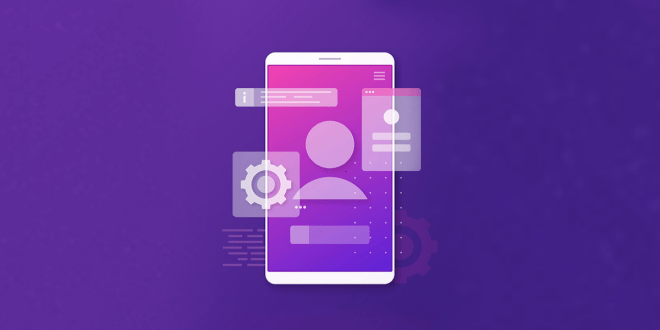In the fast-paced digital era, where attention spans are shrinking and users demand seamless experiences, User Interface (UI) design has undergone a significant transformation. Welcome to the realm of Minimalism 2.0, where we explore how simplicity and elegance are redefining UI design, elevating user experiences to new heights.
The Essence of Minimalism in UI Design
Minimalism isn’t about compromising on aesthetics; it’s about distilling design elements to their essential form, removing clutter, and creating a harmonious user journey. This philosophy focuses on using only what’s necessary, guiding users through intuitive pathways without overwhelming distractions.
Embracing White Space
In Minimalism 2.0, white space is not an absence of content but a powerful design element. It provides visual breathing room, enhances readability, and draws attention to essential elements. By using white space strategically, UI designers can guide users’ focus and create an engaging interface.
Striking the Balance between Function and Beauty
Minimalism 2.0 challenges designers to find the sweet spot between functionality and aesthetics. While the emphasis is on simplicity, it’s crucial not to sacrifice usability for style. A well-crafted UI strikes the perfect balance, ensuring a delightful user experience while delivering a visually appealing interface.
The Rise of User-Centered Design
User-centered design is at the core of Minimalism 2.0. Designers must thoroughly understand their target audience, their preferences, pain points, and behaviors. By putting the user first, UI designers can create interfaces that resonate with users on a deeper level.
Importance of Intuitive Navigation
Navigating a digital product should be seamless and intuitive. Minimalism 2.0 advocates for clear and straightforward navigation, ensuring users can find what they need without getting lost in complex menus. Intuitive navigation fosters a positive user experience and reduces bounce rates.
Minimalist Color Palettes
Colors play a pivotal role in UI design, evoking emotions and setting the tone of the product. Minimalism 2.0 often embraces monochromatic or limited color palettes, which can evoke a sense of sophistication and coherence. By using colors thoughtfully, designers can create impactful visual experiences.
Typography for Elegance and Readability
Typography is an essential element of UI design. In Minimalism 2.0, choosing the right fonts is critical for conveying the brand’s personality and ensuring optimal readability. Clear and elegant typography enhances the overall user experience.
Responsive Design for All Devices
As users engage with digital products across various devices, responsive design becomes crucial. Minimalism 2.0 advocates for responsive layouts that adapt seamlessly to different screen sizes, ensuring a consistent experience for all users.
The Power of Microinteractions
Microinteractions are subtle, purposeful animations that respond to user actions, providing valuable feedback. In Minimalism 2.0, these microinteractions are designed to enhance user interactions, adding a touch of delight and playfulness to the overall experience.
Minimalism for Brand Identity
Brands are embracing Minimalism 2.0 to redefine their identity. A clean, minimalist brand identity communicates clarity, sophistication, and trustworthiness. By incorporating minimalist principles into their branding, companies can make a lasting impression on their audience.
Final words
Minimalism 2.0 is revolutionizing UI design by prioritizing simplicity, elegance, and user-centricity. Embracing white space, intuitive navigation, responsive layouts, and purposeful microinteractions, designers are creating interfaces that leave a lasting impact on users. The strategic use of colors, typography, and minimalistic elements elevates the overall user experience, making Minimalism 2.0 the go-to approach for contemporary UI design.
Commonly Asked Questions:
Q: What are the key principles of Minimalism 2.0?
A: The key principles include simplicity, intuitive navigation, user-centered design, minimal color palettes, and the strategic use of white space and typography.
Q: How does Minimalism 2.0 benefit user experiences?
A: Minimalism 2.0 enhances user experiences by reducing distractions, providing intuitive navigation, and creating visually engaging interfaces.
Q: Can Minimalism 2.0 be applied to branding?
A: Yes, Minimalism 2.0 can be applied to branding, as it helps convey clarity, sophistication, and trustworthiness.
Q: Is Minimalism 2.0 suitable for responsive design?
A: Yes, Minimalism 2.0 promotes responsive design, ensuring consistent experiences across different devices.
Q: How can microinteractions improve UI design?
A: Microinteractions add delight and playfulness to user interactions, providing valuable feedback and enhancing the overall user experience.
 webfily
webfily



